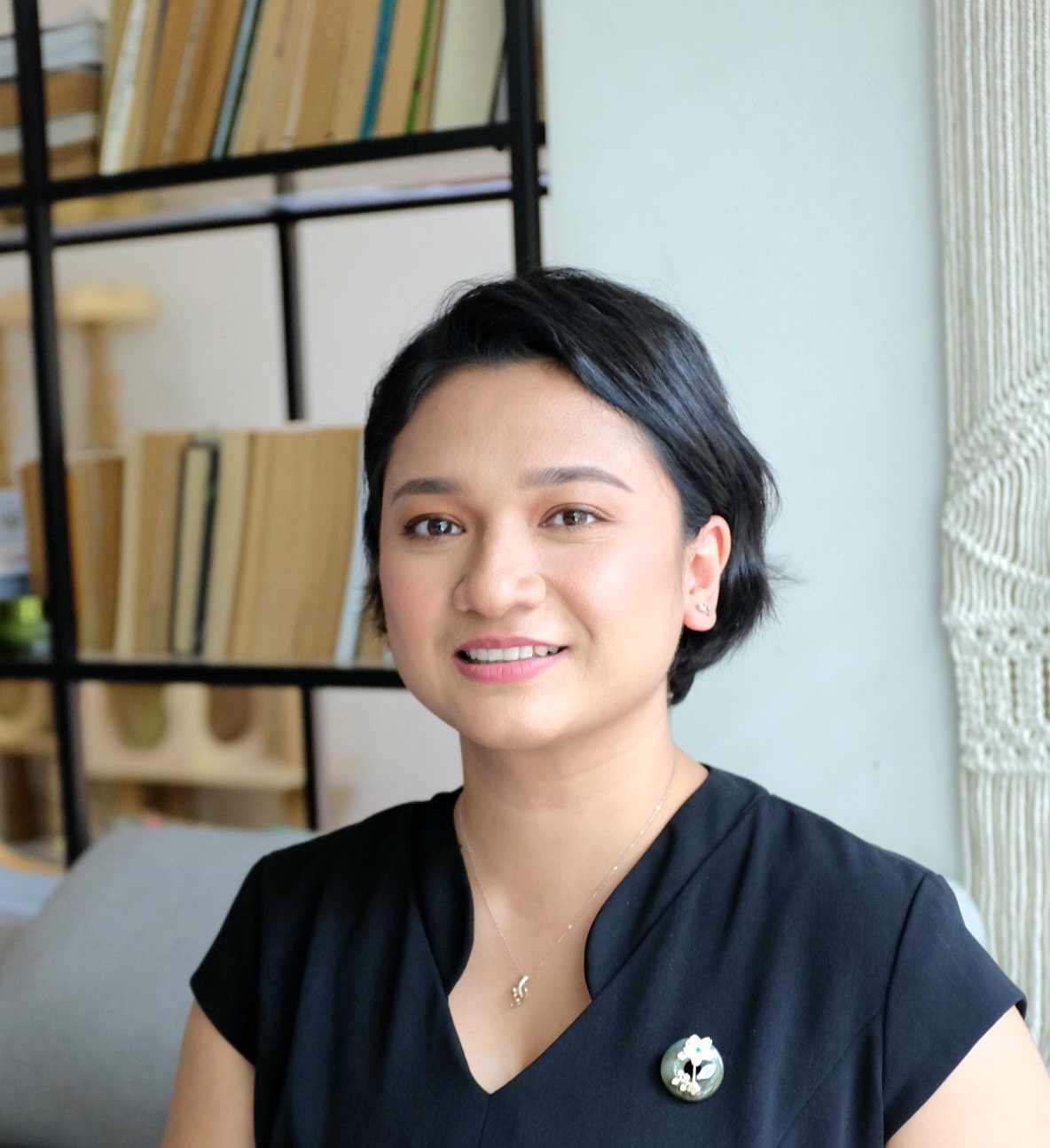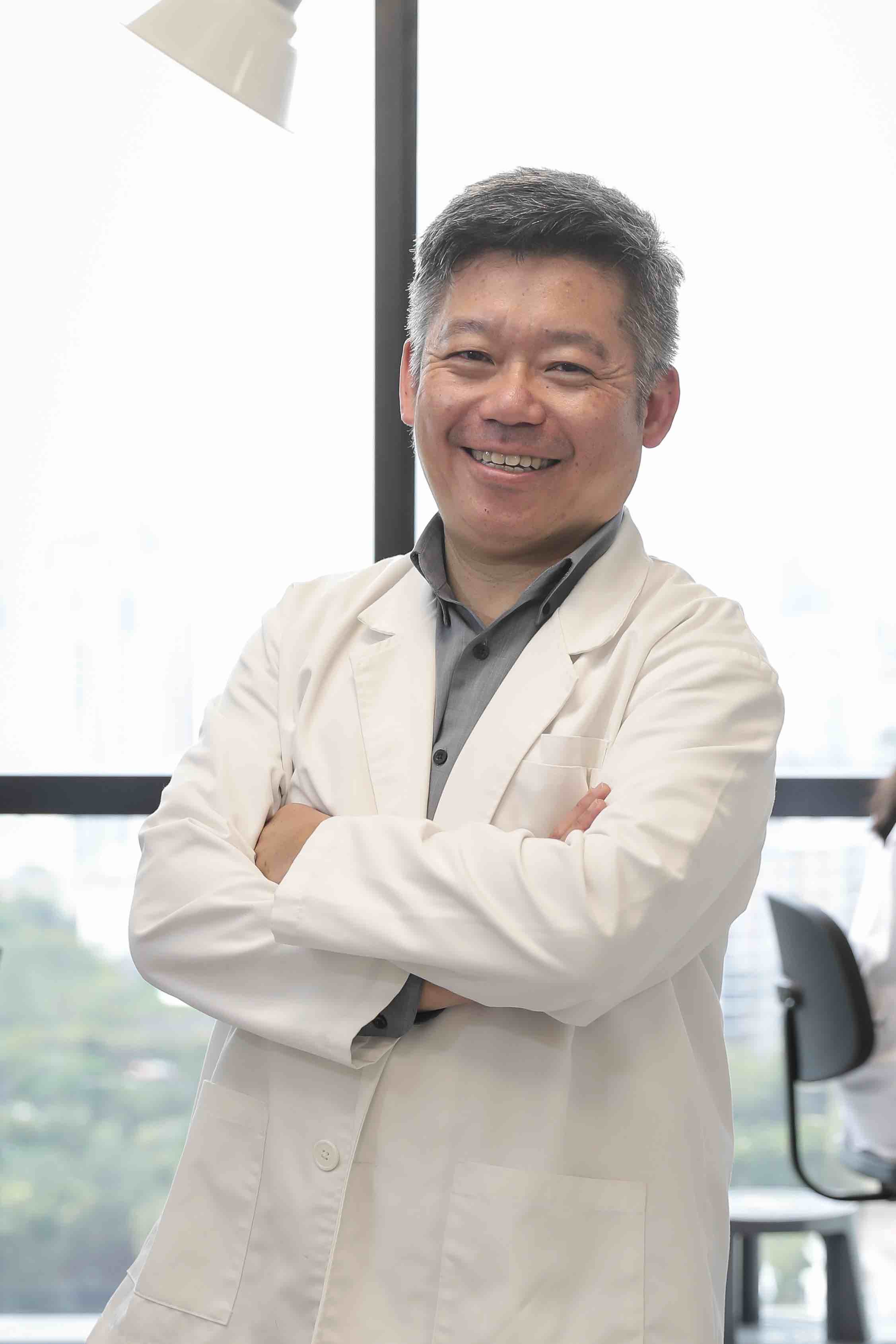Profile: Up close with Associate Professor Eric Yap
  | By Rawdah Juma'at, Writer |
LKCMedicine Associate Professor of Human and Microbial Genetics Eric Yap's career journey is one that reflects his commitment to excellence and dedication in the field of medical genetics. During his tenure with Singapore’s Defence Science Organisation (DSO), he was one of the pioneers in the Defence Medical & Environmental Research Institute, now part of DSO National Labs. Starting out as a defence scientist, it is also here that A/P Yap firmly cemented his place in the evolving world of medical and environmental research when he was recognised as a Distinguished Member of Technical Staff (DMTS).
As a medical scientist, A/P Yap who is a Rhodes Scholar, dedicates his career to improving our understanding of the molecular genetics and genomics, and its application to medicine, biotechnology and security. With an extensive list of achievements and accolades, his contributions to medicine are far-reaching. At the start of the COVID-19 pandemic, this medical geneticist was bent on overhauling PCR testing, which he did!
In July 2020, his team revolutionised the detection of the virus via “direct-PCR”, a more time and cost efficient method – it can tell if someone has COVID-19 or dengue in 30 minutes!
At LKCMedicine, his role goes beyond research. He is also a passionate educator and co-leads Pathnova Laboratories, a medical diagnostic company hosted at LKCMedicine’s Clinical Sciences Building and headquartered in Temasek Life Sciences Laboratory, that is contributing to Singapore’s COVID-19 diagnostic capability and the country’s future pandemic response.
The LKCMedicine speaks to the head of the Medical Genomics Laboratory at LKCMedicine to learn more about this man on a mission.

Q. Throughout your career, your research has been groundbreaking with continually significant contributions to your field. What motivates you, and what are you most interested in exploring?
I was curious about the bacteria in and around us, especially superbugs. Superbugs are drug-resistant bacteria, and studying the environment lets us see if they are around in the environment. Thankfully, only 1 to 2% of our environmental samples contain drug-resistant bacteria. Environmental bacteria can be so diverse with many different strains, when compared to those in an hospital environment where there is typically 1 or 2 predominant strains.
We are familiar with climate change and the macro environment, but what is less obvious is how humans shape our environment and the anthropogenic effects of environmental changes on microbes. We are aware of the mammals like tigers and pandas that are going extinct due to Anthropocene extinction, and the same thing is happening too in the unseen world. Due to chemicals, use of antibiotics, flushing of chemicals and bleach down the gutters and drains - these will obviously change the environment.
The interesting thing is that the bacteria are going to survive the next extinction, and they are going to be around for epochs. They are highly adaptable to the changes in the environment, and no part of the world is free from microbes. So, we are going to study why and how do bacteria adapt to human-created environments, for instance the roads. It is not surprising that on our roads, we have found bacteria involved in human infections.
We are beginning to realise the interaction between human and environment. Humans shed our skin and hair, which become food for many forms of smaller microbes. Similarly, microbes around us can colonise us and ‘shape our fingerprints’, influenced by what we touch in the environment. A small percentage of these microbes, unfortunately, can cause disease in people who are vulnerable. These pathogens which are usually harmless may become opportunistic, and become pathogenic and disease-causing.
Q. Your current research focusses also on how the misuse of antibiotics has led to the rise of antimicrobial resistance (AMR). What are some key ideas relevant to the general public?
The World Health Organization (WHO) says that AMR may exceed cancer and cardiovascular diseases, and one could possibly die from a simple cut on your hand. Then, we would be going back to the pre-antibiotic era. So, use antibiotics only when necessary. There is great effort and antibiotics stewardship from our scientific and clinical colleagues, and we should be using drugs carefully and for the intended length of time. While the public is more aware of AMR, we could also educate on the necessity of antibiotics, and how unnecessary use in clinic and hospital settings could further contribute to AMR.
Outside of Singapore, growth promoters, a pseudonym for antibiotics, are used for agriculture and animals. While these are huge economic drivers for that side of the world, laws are changing. From a consumer standpoint, there is more awareness as well. Our government agencies are also monitoring the amount of antibiotics entering our food.
It is a really a complete One Health holistic approach. There is the scientific part and the educational part, and our new project PUMA, short for Project Urban Microbes in Asia, creates awareness. The underlying idea is that bacteria are not necessarily harmful, and the vast majority are harmless. We have to learn to live with the biology and nature around us, even those that we don’t see. Don’t remove all bacteria from our hands or guts. In doing so, we would create an environment that has not existed since life began. Our systems have adapted to this, and to strip ourselves of bacteria, there is more harm than good. Of course, save for the COVID-19 period where hand sanitisers were used as a necessity born out of the pandemic. We could use other microbes to fight diseases – culturing bacteriophages which are viruses that attack bacteria.
Q. You are leading your team on a PUMA. Could you give us a quick sneak?
We are launching PUMA as a public website, and we are still developing the publicity materials, leaflets and instructions, with plans of rolling it out to other countries with the intent of PUMA being an entirely public citizen science.
It would be a fun thing – so much to discover!
See this Project PUMA link to learn more about the rationale of the project, to view live updates on sampling locations and lab results, and to register as a community scientist and collect samples:
Q. How has being in LKCMedicine facilitated the research for you and your team?
We are able to miniaturise the processes, allowing us to use only a few mm2 instead of an entire petri dish, using less reagents and less plasticware. We have lab automation pipelines for high throughput! We also use a cultural mix – a new technology that can have living bacteria purified, and stored in the freezers so that they can be used for more phenotypic and relevant live analysis. These eventually can be used for research in killing bacteria in petri dishes, subsequently in animals, and then perhaps actually used for human patient treatment.
LKCMedicine is a medical school; our mission is not just to look into new treatments and diagnostics, but also to educate. We don’t just educate new young doctors, but also patients and the public. This form of engagement and interaction between scientists in the labs and folks outside, as well as teachers in STEM education, this is part of our role too.

